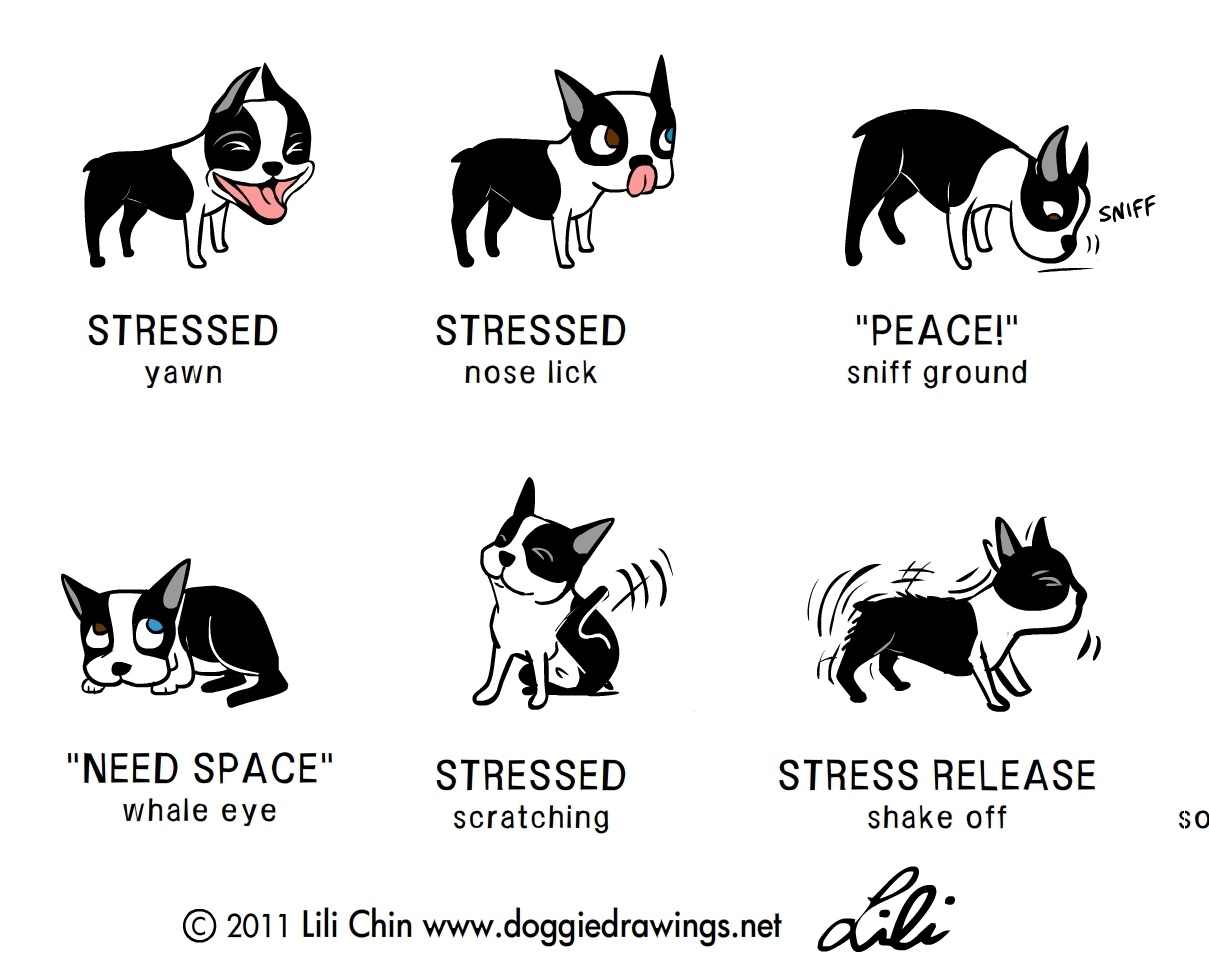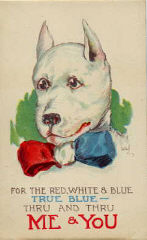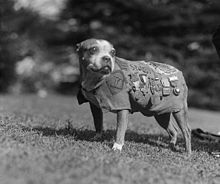Shaping Class
Just to get everyone caught up....sorry for the absence it's been crazy between work kicking it up a notch thanks to the lovely fall season and school starting back up.
WHEW...Almost done I graduate this upcoming June 2015!
WHEW...Almost done I graduate this upcoming June 2015!
I'm looking forward to being able to focus on what I want to do (you know, like work with dogs) rather than homework. Last time I left you with an Obedience Class post it was Week 2 - Impulse Control in Dogs - Click HERE for that Lesson.
Being the most advanced team in the class our instructor felt that we would get the most out of learning by skipping ahead. So she bumped us up to the next class early! Yay!
Our ultimate goal is to do agility work with Ziva - not necessarily compete but just get her going, see if she likes it, and work on building her self confidence as well as trust in me.
In order to do agility our instructor requires dog teams to take 2 classes, Basic Obedience, and Shaping Skills. Then we can start agility! By moving forward sooner we can start quicker!
So now we're onto shaping.
Lesson #1 - Platform Training
Platform Training is a great way to keep your dog occupied during the wet months like we're in now. Kind of like the game "It's Your Choice", platform training gets your dog's brain working trying to decipher what it is that you want. It also helps to build self confidence with your dog as they progressively learn new things and succeed in doing so.
Important things to keep in mind.
- Learning a new behavior can be challenging, keep training sessions short and positive so that neither you or your dog get frustrated. Limit your training time to just a couple seconds at first, slowly building up to a few minutes at a time, and then take a break or play! This is especially important when trying to teach a new behavior.
For shaping this new behavior, our instructor uses a clicker because it quickly "marks" the behavior that you are looking for your dog to do. Clicker Training Basics Click HERE.
Step 1
The goal is to get your dog onto a platform of your choice, we used phone books in class but at home I have a flat rectangular piece of cardboard. Whatever you choose you should start with something that your dog can easily get all 4 paws on.
No luring! - Luring is where you "lure" or guide your dog with either treats, body language, or commands to get them to do something.
Begin by walking towards the platform and planting your feet, you are not allowed to move your feet from this position. Don't stand too close though or you will crowd your dog.
At first your job is to reward any interaction with the platform this can be in the form of:
stepping on it *click, treat
looking at it *click, treat
sniffing it *click, treat
Don't look your dog directly in the eye, we are not asking for focus; we are asking that they interact with an object. And again, NO HELPING. Your dog has to figure it out on his/her own.
If your pup gets stuck then walk away from the platform and start over.
If you have a low energy dog or one with a low working drive like for example Ziva who kind of walks around nonchalantly and without enthusiasm about the whole silly ordeal...then get them excited to work! Usually this involves me jogging around and *click, treat - rewarding her for eye contact and heeling while we run in some silly circles. I do this because it helps her know that we are still working and I want her to be excited to work!
If you have a low energy dog or one with a low working drive like for example Ziva who kind of walks around nonchalantly and without enthusiasm about the whole silly ordeal...then get them excited to work! Usually this involves me jogging around and *click, treat - rewarding her for eye contact and heeling while we run in some silly circles. I do this because it helps her know that we are still working and I want her to be excited to work!
As your dog begins to associate the box with rewards begin asking for more.
Reward only when their feet are on the box, then two feet on the box, and rear feet on the box.
Learning platform training also is great because it helps them to learn to use their feet individually, this is hard for most dogs as their rear legs just kind of follow the front - they don't tend to use them independently naturally.
As your dog becomes more advanced you can ask for things like: touching the platform with both back feet only, or one back foot.
You can also change the platform, raise it up, different shape, different object, smaller/bigger, be creative!
As your dog becomes more advanced you can ask for things like: touching the platform with both back feet only, or one back foot.
You can also change the platform, raise it up, different shape, different object, smaller/bigger, be creative!
Practice, Practice, Practice...
You know the mantra, "Practice makes perfect!" Also practice on different things. This game is very easy to fit into your schedule. For example, in the kitchen while you are making dinner - toss a magazine or book on the ground for a short 30 sec practice time, pick it up, and keep cooking. A little while later do it again. Or maybe before sitting down on the couch, before bedtime, before a meal, - do a 30 sec practice session.
One thing that Ziva loves is getting up onto things like logs, walls, and platforms at the playground but she's used to us asking her to do it. For whatever reason she was having a hard time with this concept even though we were practicing. I'm going to just go ahead and take the blame here...this is all new to me too. But don't give up! They'll get it eventually!
You know the mantra, "Practice makes perfect!" Also practice on different things. This game is very easy to fit into your schedule. For example, in the kitchen while you are making dinner - toss a magazine or book on the ground for a short 30 sec practice time, pick it up, and keep cooking. A little while later do it again. Or maybe before sitting down on the couch, before bedtime, before a meal, - do a 30 sec practice session.
One thing that Ziva loves is getting up onto things like logs, walls, and platforms at the playground but she's used to us asking her to do it. For whatever reason she was having a hard time with this concept even though we were practicing. I'm going to just go ahead and take the blame here...this is all new to me too. But don't give up! They'll get it eventually!
Here is another great source if you want to learn more!
Team Unruly
Team Unruly















































